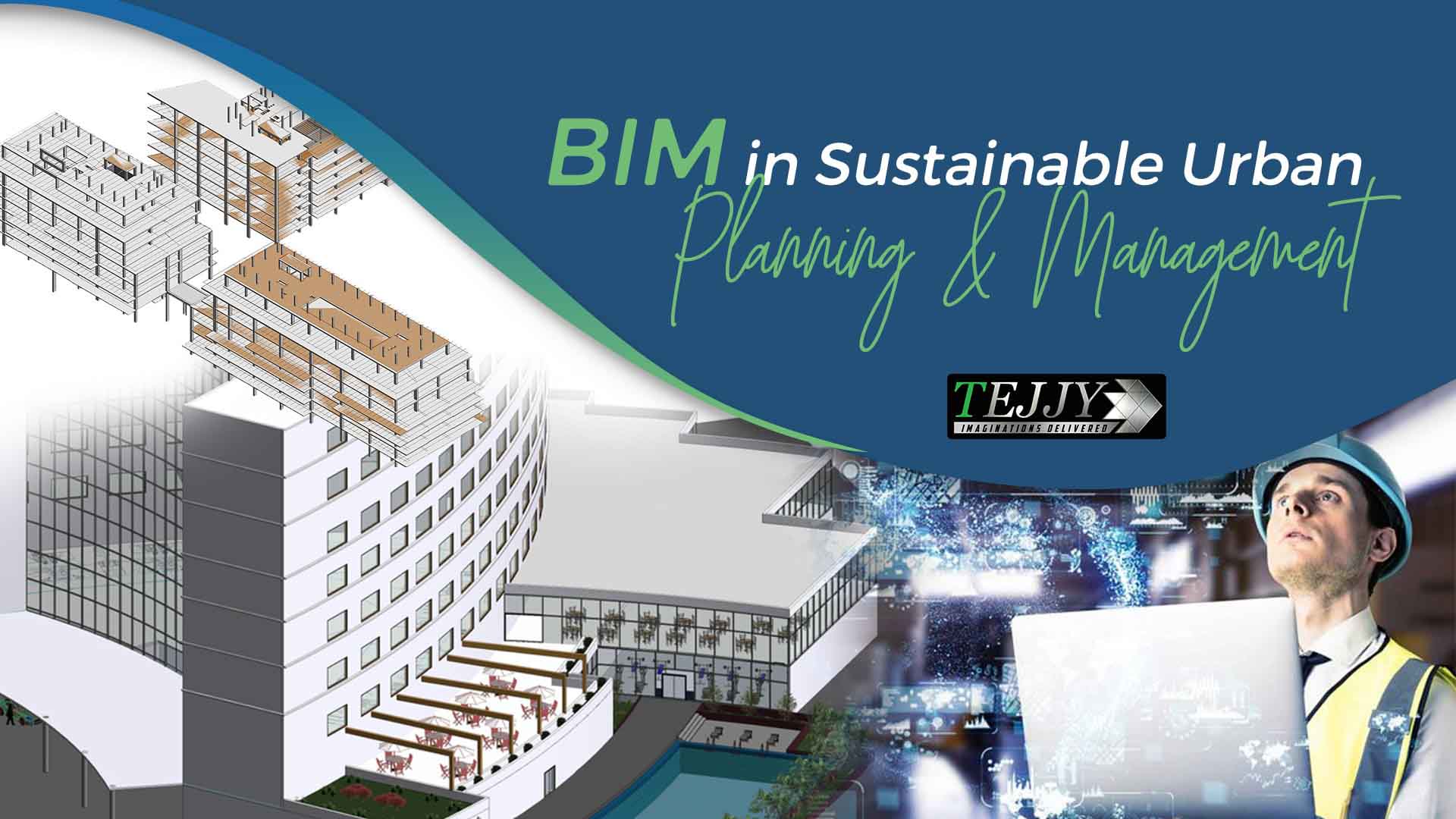BIM in Sustainable Urban Planning & Management
Enhance LCA as an environmental impact assessment tool with BIM

Today, it is possible to create models of urban environments using data from built environment databases, which makes it easier to visualize and analyze information and combine it with sustainability indicators to assist urban planning decisions. This amount of potentially accessible data can substantially aid life cycle assessment (LCA). Quantitative environmental assessment in the field of construction and its extension from the building to the city level are likely to be made easier with the inclusion of LCA data in models created in Building Information Modeling (BIM) platforms. Although the advantages, co benefits, and costs connected with NBS initiatives are yet not fully implicit, they could play a significant role in sustainable urban planning and management.
Let's examine in detail:
An assessment of the energy and environmental performances of building stocks at large spatial scales is becoming increasingly important for decision making in sustainable urban planning and policy making. While the operational energy use of buildings has been the primary emphasis of current bottom-up building stock models for the past ten years, a more comprehensive environmental assessment of the many stages of a structure's life cycle is now necessary. However, there are a number of scientific and practical difficulties involved in extending a Life Cycle Assessment (LCA) model from the building to the district or city dimensions.
Building information modeling (BIM) and nature-based solutions-based datasets and knowledge base frameworks can greatly enhance LCA as an inventory and environmental impact assessment tool (NBS). The goal of using BIM is to assist engineers in designing digital models and sharing building information in a reusable and interoperable manner.
- However, in order to apply BIM concepts, designers must first create 3D models of buildings based on built-in databases that are not compatible with the analysis tools used in LCAs of buildings. This makes it more difficult to quantify any potential environmental effects of buildings while using those material databases to inform decision-making.
- Secondly, creating a detailed BIM takes time, especially in the early stages of the design process when detailed information is typically lacking. To this purpose, simple 3D models can be used to compare alternatives early in the design process, when there is a high possibility for optimization, and to perform streamlined LCAs of buildings and neighborhoods.
- Thirdly, a variety of standards and data formats have been created for 3D modeling and visualization of buildings and cities, such as CityGML. However, these models are frequently not used in planning and operation, in part due to interoperability issues and efforts in maintaining the current models.
- Lastly, BIM-based sustainability in the construction industry links at scales greater than those of individual structures, to sustainability in urban planning and management, and therefore to effective resource usage and impact mitigation strategies in cities. In this regard, it is important to note that the explicit integration of Nature-based Solutions in urban planning is currently supporting the enhancement of cities' sustainability. These serve as a way to start effect mitigation strategies in cities.
- Another difficult area that is not covered in the context of LCA is how to use National Building Specification to increase well-being in urban settings. NBS strictly fall under the umbrella of sustainable management of the environment, cities, and scientific and technological advancements. It is advised to incorporate them into urban settings (at the spatial level of a building, neighborhood, or entire city) for a number of reasons, including to strengthen social cohesion, combat poverty, and improve the delivery of ecosystem services and biodiversity. However, there is still a lack of understanding on the costs, benefits, and co-benefits of NBS projects. Therefore, LCA-based assessments of NBS-related impacts make it easier to evaluate the sustainability factors driving NBS.
The problems listed above were examined during this LCM2017 conference session using case studies, proofs of concept, and a discussion based on various experts' perspectives. The goal was to provide an overview of some methodological and applied advancement that, from building to city scales, may open up practical opportunities for:
- A better exploitation of urban resources, data, and know-how (e.g., integration between BIM and LCA)
- A seamless transition towards sustainable and resilient cities (e.g., assessment/implementation planning of NBS with a life cycle thinking approach)
To know more about BIM services, contact Tejjy BIM Inc consultants in USA.
Source: https://www.tejjy.com/












